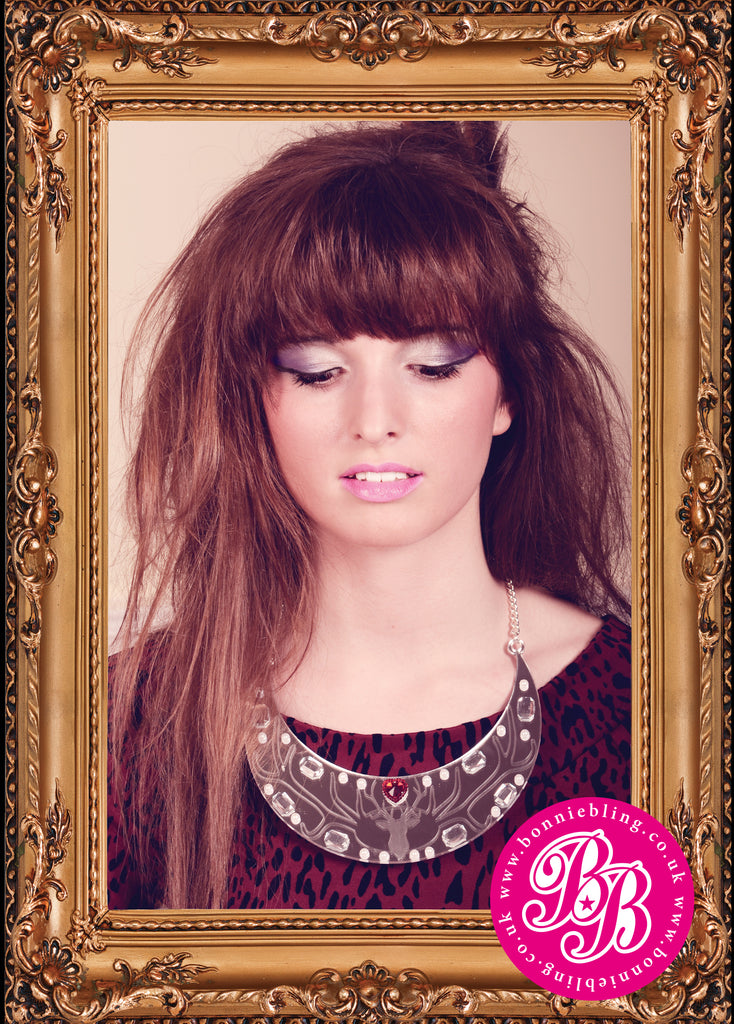
Here at Bonnie Bling we like a modern take on things but our pieces are always made with consideration of our heritage and culture. Here we take a look at some of the historical features of Scottish Jewellery.
Scottish jewellery has been around for centuries and has played an important role in Scottish culture. In the early days, jewellery was worn not just for adornment, but also as a symbol of status and clan identity. Some of the earliest Scottish jewellery pieces were made from gold and bronze, and many were decorated with intricate knotwork designs. As time went on, jewellery makers began to incorporate other materials, such as silver and precious stones like amethyst, citrine, and agate.
Scottish jewellery is known for its distinctive styles, which are influenced by the country's rich cultural heritage. Here are some of the most popular styles of Scottish jewellery:
- Celtic jewellery: This type of jewellery is characterised by intricate knotwork and interlacing designs, often with no beginning or end. These designs are said to represent the interconnectedness of all things, and are a nod to Scotland's ancient Celtic heritage.

- Luckenbooth jewellery: Luckenbooths are heart-shaped brooches that were traditionally given as tokens of love and affection. They are often decorated with symbols such as thistles or Scottish crowns, and are typically made from silver or gold, though we made our own one lasercut from acrylic.

- Scottish clan jewellery: Many Scottish families have their own tartan and coat of arms, and clan jewellery often features these designs. These pieces can include pendants, brooches, rings, and cufflinks.

- Scottish gem jewellery: often incorporating polished and tumbled stones found throughout the geographical landscape and carrying meanings often associated with folklore.
What's your favourite style of Scottish Jewellery? What ones have we missed that you'd like to see our unique take on?

Leave a comment